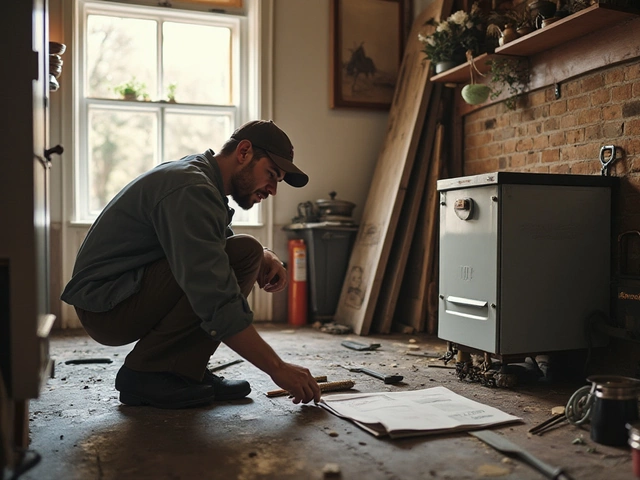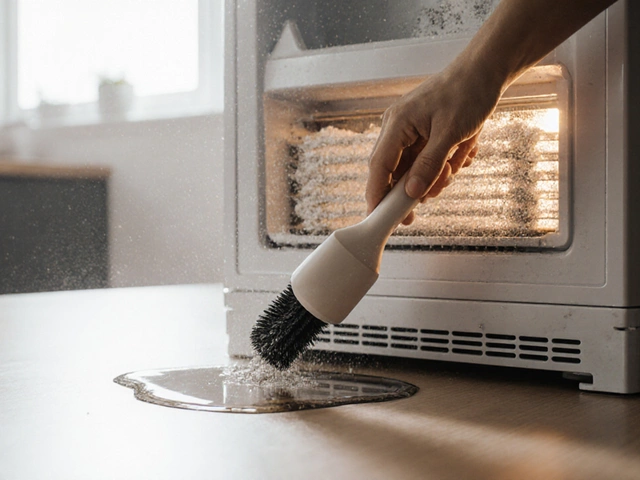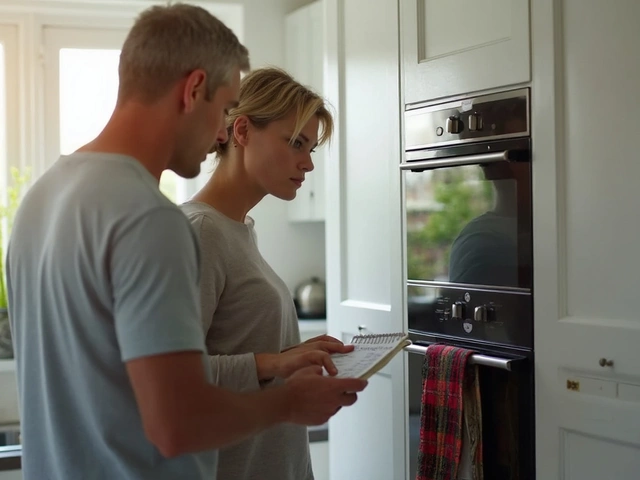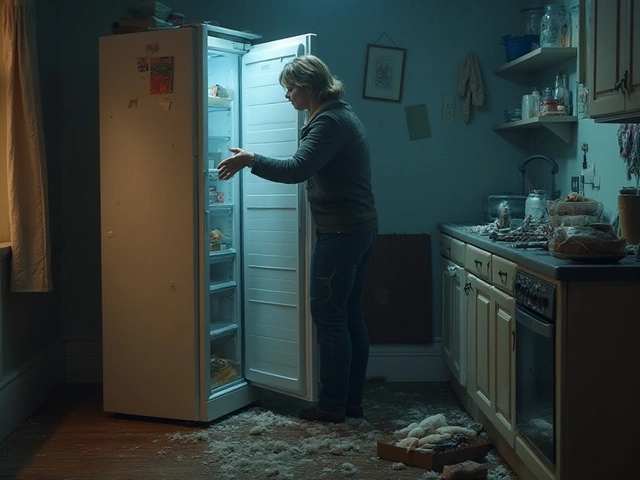Most Common Washing Machine Issue: The Won’t‑Spin Problem
If your washer stops spinning, you’re not alone. It’s the top complaint we hear from homeowners in Rugby and beyond. A machine that won’t spin leaves clothes soaking, smells musty, and wastes time. The good news? Most spin‑related faults are simple to diagnose and often fix without a callout.
Why the Machine Won’t Spin
The first thing to check is the load size. Overloading or loading a single heavy item can unbalance the drum, causing the motor to shut off as a safety measure. Conversely, a very light load doesn’t give the machine enough weight to trigger the spin cycle. Next, look at the door latch. If the door isn’t sealed properly, the washer’s control board will prevent spinning to avoid leaks. A loose latch or a broken lock pin is a quick visual clue.
Another common culprit is the drainage system. When water can’t drain, the machine thinks the tub is still full and refuses to spin. Check the filter, pump hose, and pump impeller for clogs – lint, coins, or small garments often get stuck there. Finally, the drive belt or motor coupler may be worn out. If you hear a humming noise but no drum movement, the belt could be broken or slipped off its pulley.
Quick Fixes You Can Try
Start by redistributing the laundry. Spread bulky items evenly, add a few towels if the load is tiny, and run a spin cycle again. If the door latch looks misaligned, close the door firmly and listen for the click. A loose latch can sometimes be tightened with a screwdriver, but if the lock mechanism is cracked, it’s best to have a pro replace it.
Next, inspect the drain filter. Most front‑loaders have a small door behind the front bumper – open it, place a towel and shallow pan, and unscrew the filter. Clean out any debris, rinse it, and pop it back in. If water still pools, detach the pump hose (usually a quick‑release clip) and blow through it to clear any blockage.
When you suspect a belt issue, unplug the machine, tilt it back, and remove the rear panel. Look at the rubber belt that wraps around the motor pulley and drum pulley. If it’s frayed, cracked, or loose, replace it – they’re inexpensive and available at local hardware stores. For a broken motor coupler (common in older models), you’ll need a new part and a few basic tools; many DIY videos walk you through the swap.
If none of these steps bring the spin back, the control board or motor could be failing. Those parts usually require a technician’s expertise, especially for safety‑critical appliances. At that point, give Rugby Appliance Repair Services a call. Our technicians can diagnose electrical faults quickly and get your washer back to full speed.
Remember, regular maintenance helps avoid spin failures. Clean the filter every few weeks, don’t overload, and run a monthly empty‑cycle with a washing‑machine cleaner. A little care now can save you a costly repair later.
Got a stubborn washer that still won’t spin after trying these tips? Pick up the phone and schedule an appointment with our experienced team. We’re fast, reliable, and right here in Rugby, ready to restore your laundry routine.






